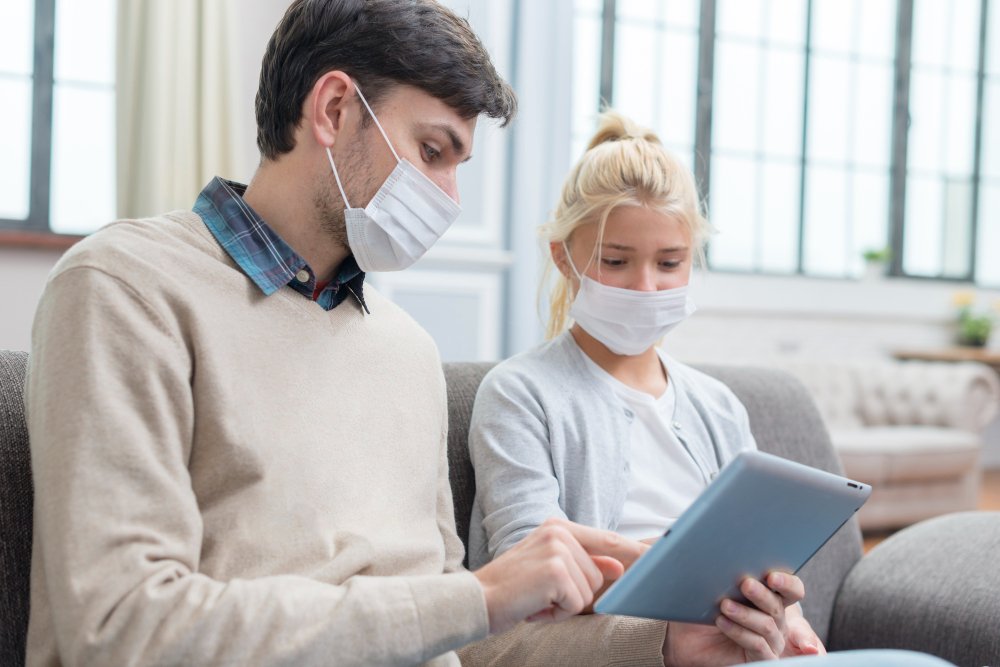Preparing for a SMAS facelift—especially when traveling abroad to Korea—requires careful planning to ensure a smooth surgical experience and successful recovery. Korea is known for its world-class plastic surgery, but to get the best results and avoid complications, proper preparation is essential.
Here’s a comprehensive pre-surgery checklist that Korea clinics recommend for international patients considering a SMAS facelift.
1. Choose Your Clinic and Surgeon Carefully
- Research board-certified surgeons specializing in SMAS facelifts with proven expertise.
- Review before-and-after photos and patient testimonials.
- Schedule an online consultation to discuss your goals and get a personalized treatment plan.
- Confirm that the clinic provides international patient support, including language assistance and medical tourism services.
2. Complete Medical Evaluations and Tests
- Undergo a full physical exam to ensure you are a good surgical candidate.
- Provide a detailed medical history, including any chronic conditions (diabetes, hypertension, heart issues).
- Complete required blood tests, EKG, and imaging as requested by the clinic.
- Disclose all medications, supplements, or herbal remedies you are taking.
3. Adjust Your Medications and Lifestyle
- Stop blood-thinning medications (aspirin, ibuprofen) and certain supplements (vitamin E, fish oil, ginkgo) at least 2 weeks before surgery, as advised by your surgeon.
- Avoid smoking and alcohol at least 4 weeks prior to surgery since these impair healing.
- Maintain a balanced diet rich in vitamins and minerals to optimize your body’s ability to recover.
- Stay well hydrated in the days leading up to your procedure.
4. Arrange Your Travel and Accommodation
- Book your flights and accommodation in advance, preferably near the clinic (areas like Gangnam or Apgujeong in Seoul).
- Plan to stay in Korea for at least 10–14 days to allow for pre-op, surgery, and post-op recovery visits.
- Inform your airline about your surgery and ask about policies regarding carrying medications or compression garments onboard.
5. Prepare for Pre-Surgery Consultations in Korea
- Bring all relevant medical documents including test results and your medical history.
- Arrive well-rested for consultations and any pre-operative imaging (3D facial scans, photos).
- Ask your surgeon about the exact procedure, anesthesia options, and recovery expectations.
- Confirm your surgery date and the schedule for follow-ups and suture removal.
6. Pack Essential Items for Your Surgery Trip
- Comfortable, loose-fitting clothing, especially button-up shirts for easy dressing post-op.
- Any prescribed medications or supplements.
- Compression garments or chin straps if provided or recommended by your clinic.
- Basic skin care products (fragrance-free and gentle).
- Cold packs or ice packs to reduce swelling.
- Phone charger, travel pillow, and entertainment for recovery downtime.
- Language translation apps or phrasebooks, if needed.
7. Follow Pre-Operative Instructions Strictly
- Do not eat or drink anything after midnight the night before surgery, unless otherwise instructed.
- Avoid makeup, lotions, or perfumes on the day of surgery.
- Shower thoroughly and arrive at the clinic on time.
- Have a trusted companion or medical escort if required by the clinic.
8. Mental Preparation and Setting Realistic Expectations
- Understand that swelling, bruising, and tightness are normal in the first week.
- Have a positive mindset—surgery is a process, and full results take several months.
- Discuss your goals clearly with your surgeon and ask any lingering questions.
- Arrange for post-op support—someone to accompany you during the first few days if possible.
9. Plan Your Post-Surgery Recovery
- Arrange for comfortable accommodations where you can rest undisturbed.
- Know the clinic’s emergency contact information.
- Follow the clinic’s aftercare protocol diligently.
- Prepare soft foods and stock up on hydration supplies.
- Avoid strenuous activities or heavy lifting for at least 3–4 weeks.
10. Post-Surgery Travel Considerations
- Follow the surgeon’s advice on when it is safe to fly home—usually 10–14 days after surgery.
- Use compression garments during the flight to minimize swelling.
- Stay hydrated and move gently during the flight to prevent blood clots.
- Schedule follow-up video or in-person consultations as needed once home.
Final Thoughts
Proper preparation before your SMAS facelift in Korea can make all the difference in achieving optimal results and a smooth recovery. Korea clinics prioritize patient safety and satisfaction, so adhering to their pre-op checklist and guidelines is crucial.




